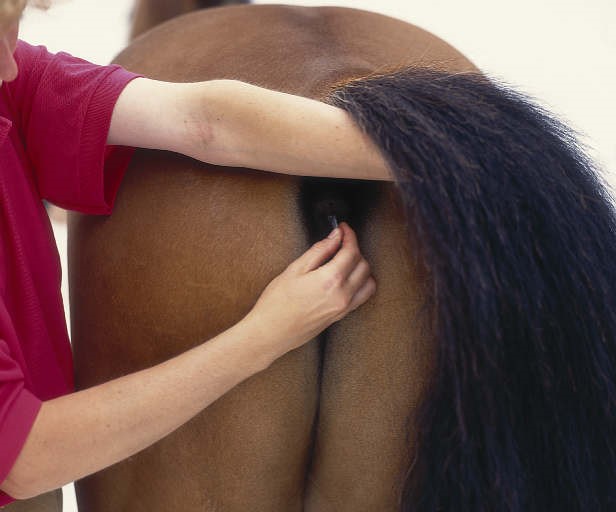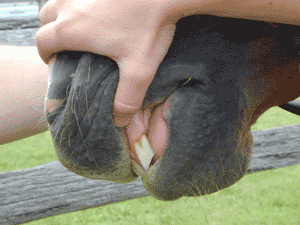At the time of your horse’s annual booster Central Equine Vets will give your horse a basic annual health check. However, as a horse owner it is a good idea for you to perform regular checks to ensure that any signs of disease are identified early. Being pro-active is always better than being reactive. In most cases these routine checks are second nature and often you will perform them subconsciously every time you ride, groom, feed, bring in or turn out your horse.
It’s a good idea to check the following on a daily basis:
If anything appears out of the ordinary then get in touch with one of the vets at Central Equine Vets. We will always try to give you the best veterinary advice possible.
Knowing the normal heart rate, respiratory rate and temperature of your horse can be very useful in identifying stress or disease early. Any changes from these normal values could indicate a problem.
What is the normal heart rate for a horse?
At rest a horse’s heart rate should be around: 28 – 36 beats per minute (b.p.m.) (There can be variations to this, some small ponies e.g. Miniature Shetland Ponies may have slightly higher heart rates). At exercise the heart rate can be up to 200 b.p.m. The heart rate is measured with a stethoscope or by feeling the pulse in the lower leg or jaw. If at rest the heart or pulse rate is raised this may be a sign that the horse is in pain or stressed.
Picture 1: Listening to a horse’s heart.

What is the normal respiratory rate for a horse?
At rest a horse’s respiratory rate should be between: 8-12 breathes per minute (b.p.m.). Breathing rate is best measured by watching the sideways expansion of the chest while standing outside the stable. The respiratory rate can often be raised when the horse is stressed or sick.
What is a horse’s normal body temperature?
The normal temperature of a horse is: 99.5-101.3°F or 37.5-38.5°C
The temperature is taken by inserting the thermometer into the anus of the horse and holding against the side of the rectum. Do not stand directly behind the horse when taking the temperature. Low readings may be taken if the thermometer is inserted into a piece of faeces by accident. It is important to seek advice from your veterinary surgeon if you are inexperienced at this.
Picture 2: How to take a horse’s temperature safely


What colour should a healthy horse’s gums (mucosa) be?
A healthy horse should have gums (mucosa), which are poached salmon pink. The gums should be moist to the touch, and when pressed lightly with a thumb or forefinger they should go from pink to white and back to pink again in less than 2 seconds. This is known as the capillary refill time, and is a good indicator of the horse’s blood supply to the extremities (peripheral perfusion).
Picture 3: How to check the colour of your horse’s gums.

If you have any concerns regarding your horse’s general health then please contact Central Equine Vets (0131 664 5606) for advice.